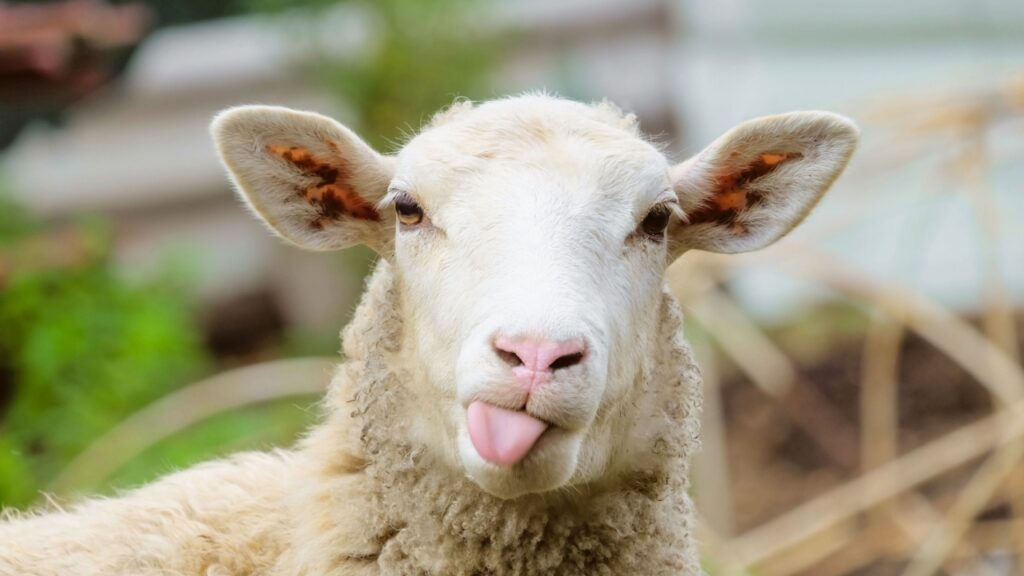Have you ever wondered how animals seem to know when a storm or natural disaster is coming? It turns out that many species have incredible abilities to sense changes in the environment, allowing them to prepare for and even predict upcoming weather events and natural disasters.
1. Sharks Detect Changes in Water Pressure

Sharks are known for their ability to detect minute changes in water pressure, which can indicate an approaching storm or hurricane. They use special sensory organs called ampullae of Lorenzini to pick up on these changes, allowing them to swim to safer waters before the storm hits.
2. Birds Sense Changes in Air Pressure

Birds are also sensitive to changes in air pressure, which can signal an impending storm. Many species will alter their behavior, such as flying lower or seeking shelter, when they sense a drop in air pressure.
3. Elephants Hear Low-Frequency Sounds
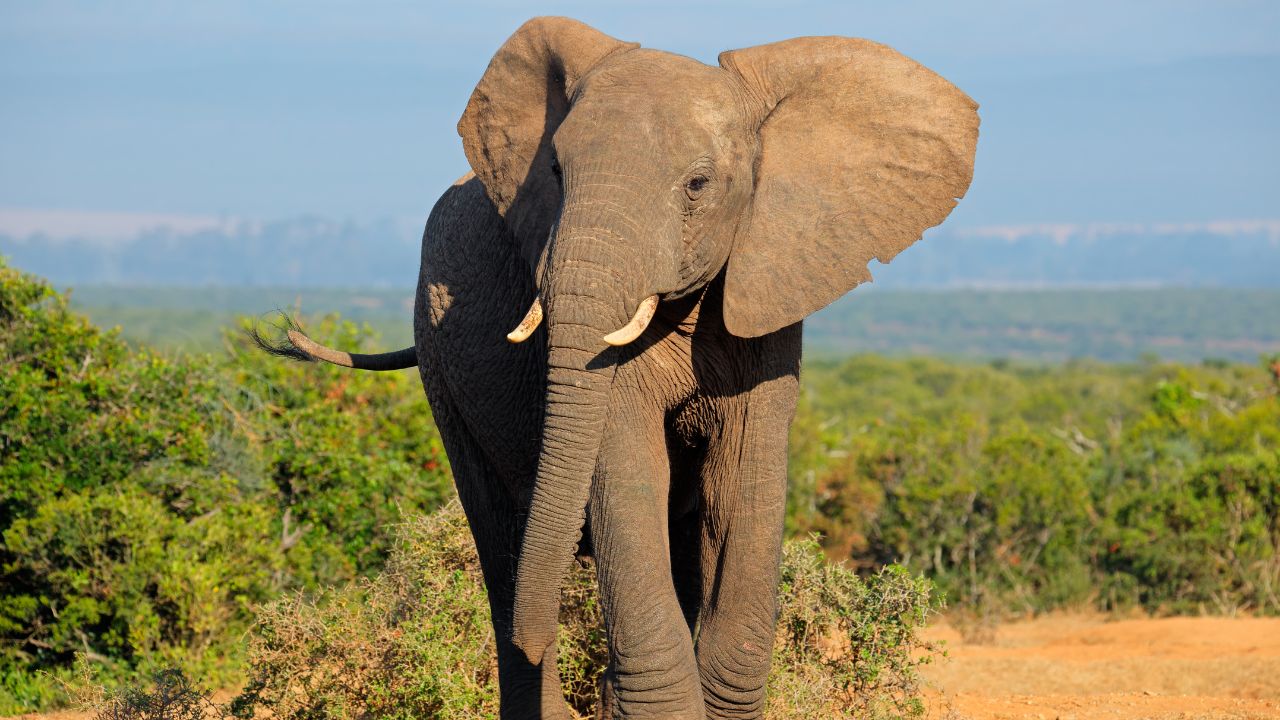
Elephants can detect low-frequency sounds that travel through the ground, such as those produced by earthquakes or tsunamis. They have been observed fleeing to higher ground before these disasters strike, thanks to their ability to pick up on these subtle vibrations.
4. Frogs Become More Active Before Rain
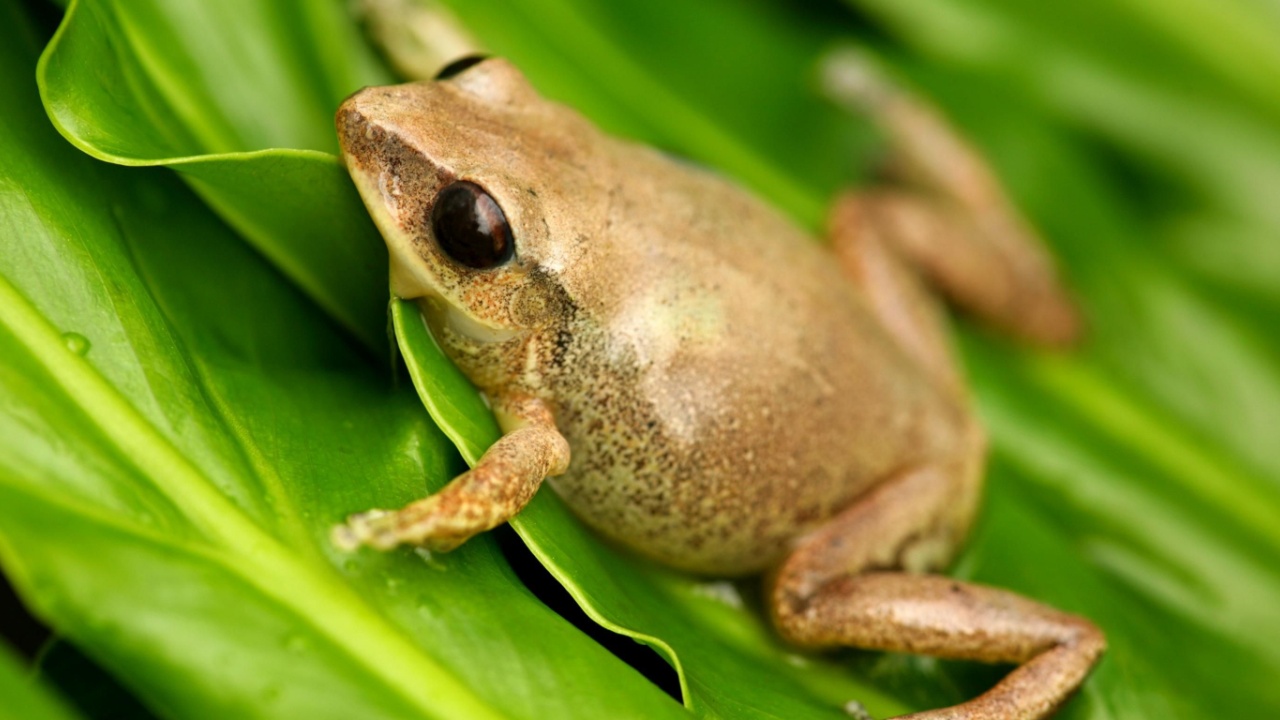
Frogs are known to become more active and vocal before a rainstorm. This is because they are sensitive to changes in humidity and air pressure, which can indicate that rain is on the way.
5. Cows Lie Down Before Rain
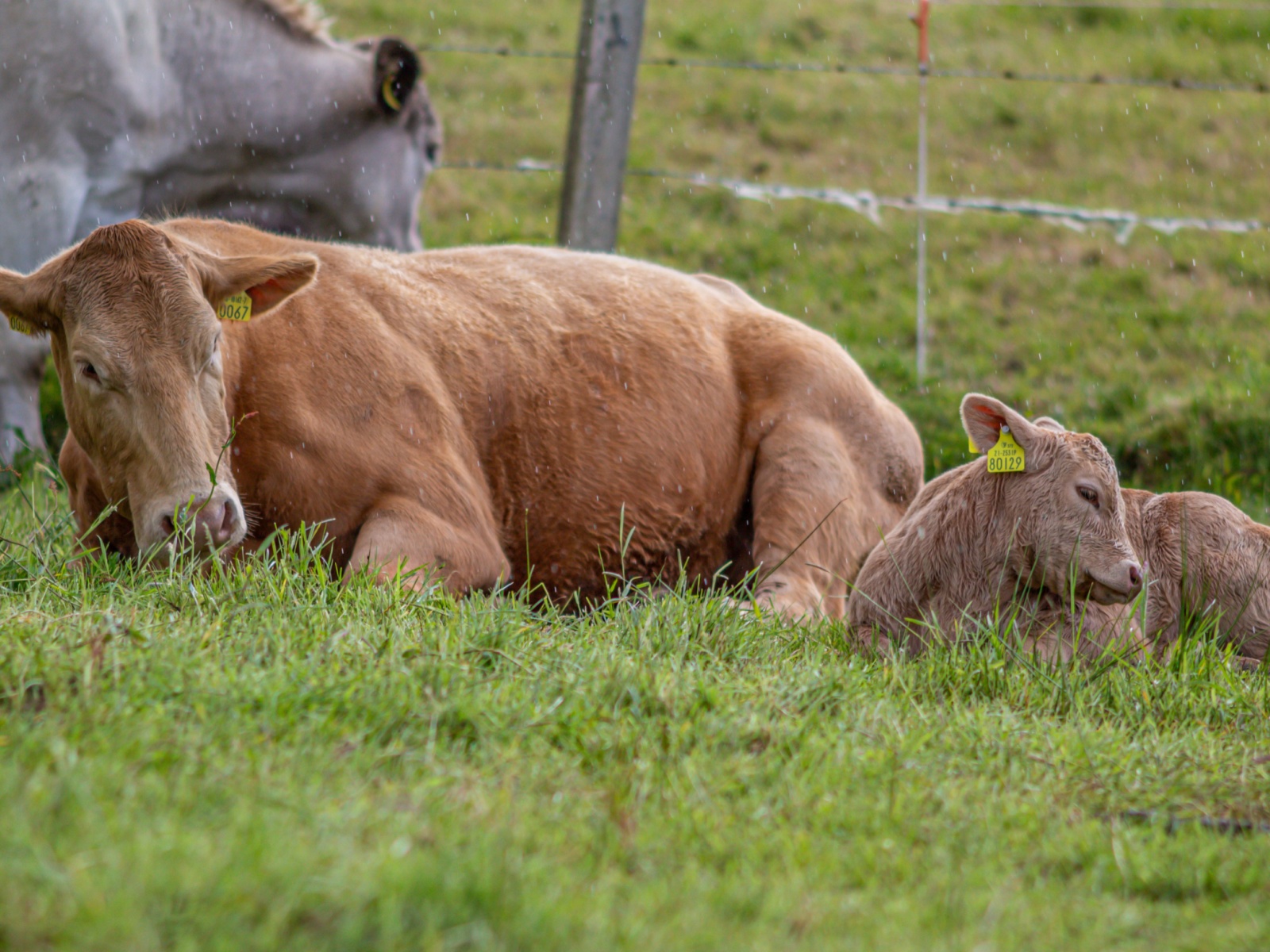
Have you ever heard the saying “when cows lie down, it’s going to rain”? There may be some truth to this old wives’ tale. Cows are thought to lie down more often before a rainstorm, possibly because the increased humidity makes it harder for them to keep cool.
6. Ants Build Higher Mounds Before Rain
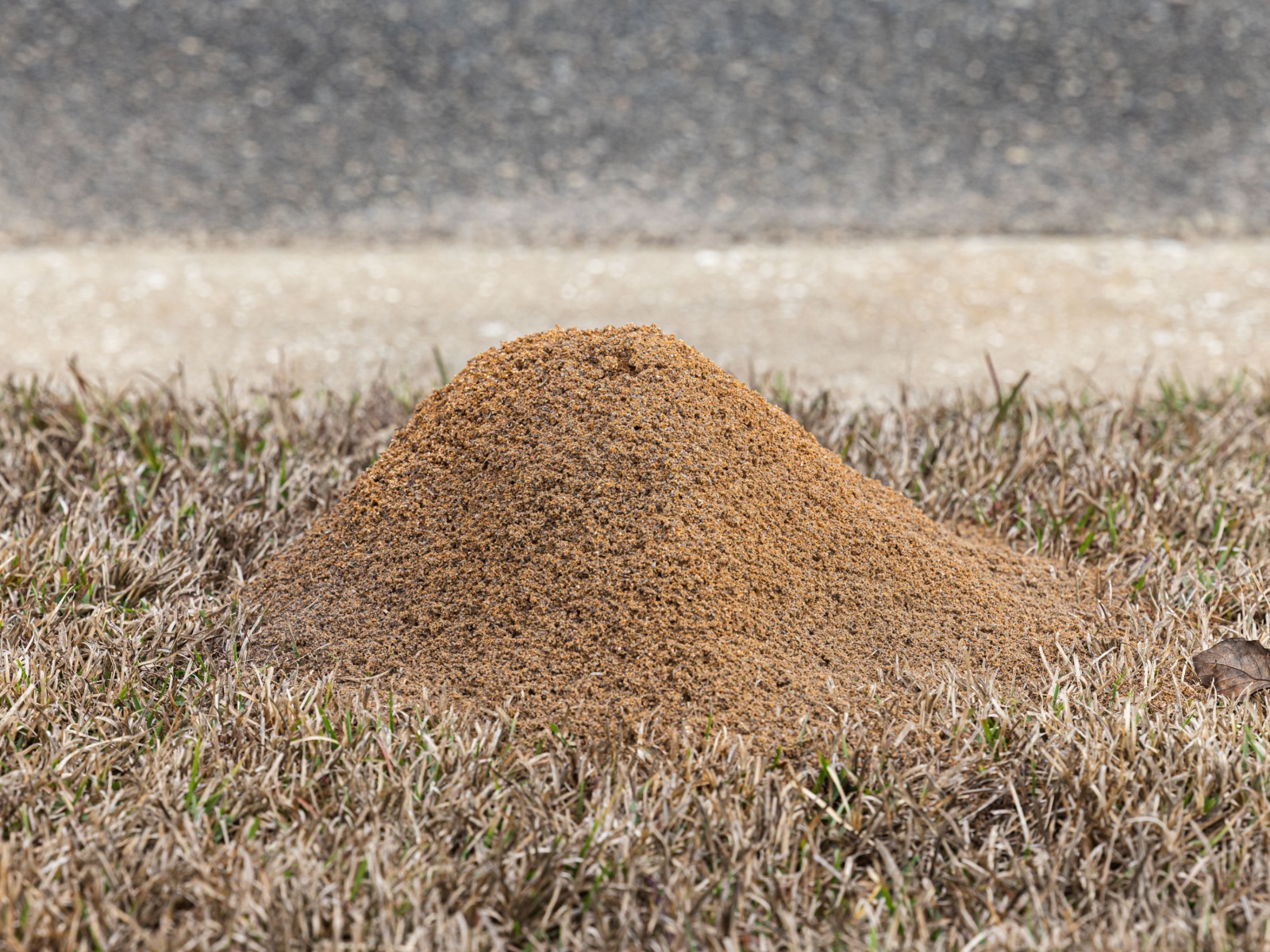
Ants are known to build their mounds higher before a rainstorm. This behavior is thought to help protect their colonies from flooding during heavy rains.
7. Bees and Butterflies Disappear Before Rain
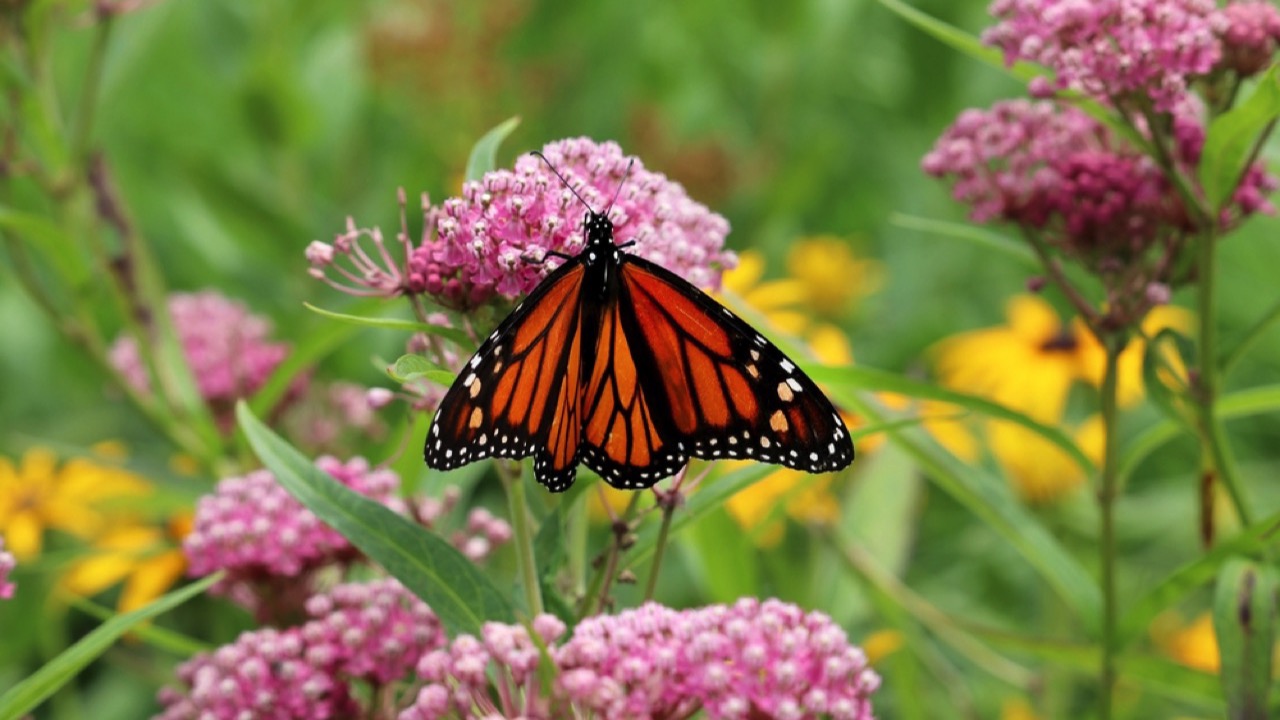
Before a rainstorm, bees and butterflies often seem to disappear. This is because they are sensitive to changes in air pressure and humidity, which can indicate that rain is coming. They will seek shelter to avoid getting wet.
8. Squirrels Gather More Food Before Harsh Winters
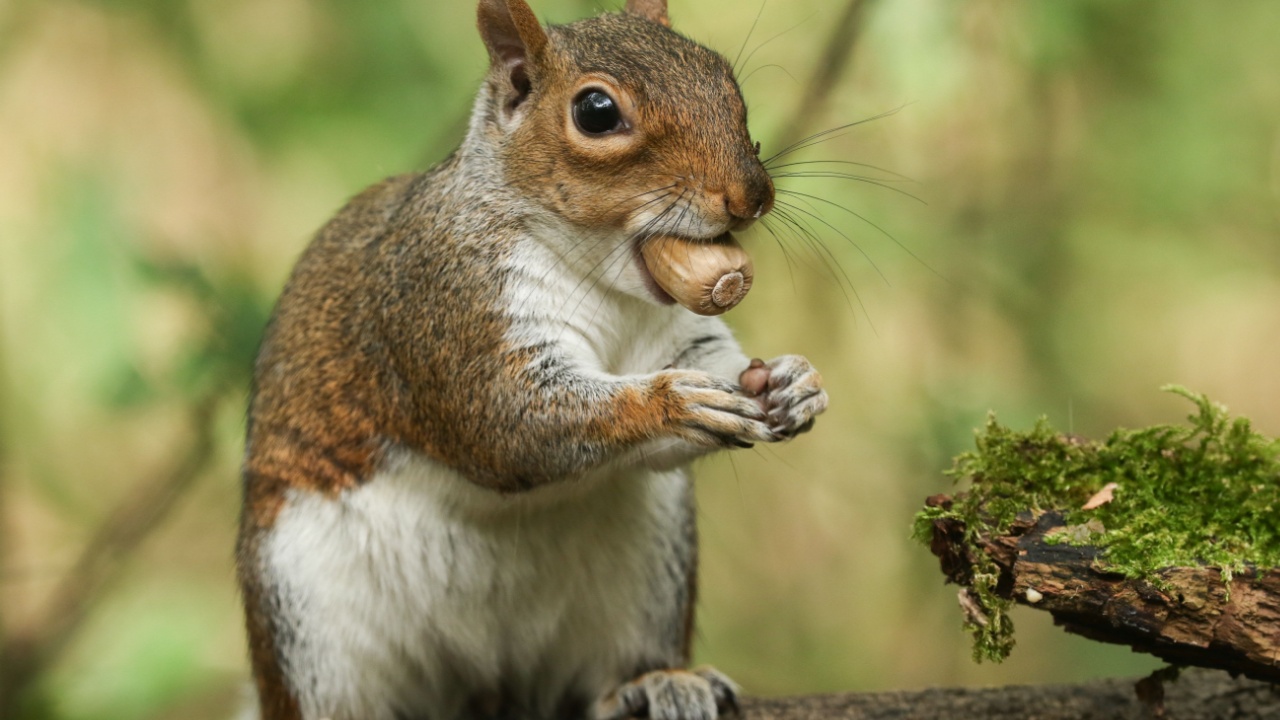
Squirrels are known to gather and store more food than usual before a particularly harsh winter. This behavior is thought to be triggered by changes in temperature and daylight, which signal to the squirrels that a tough winter is ahead.
9. Birds Migrate Earlier Before Severe Winters
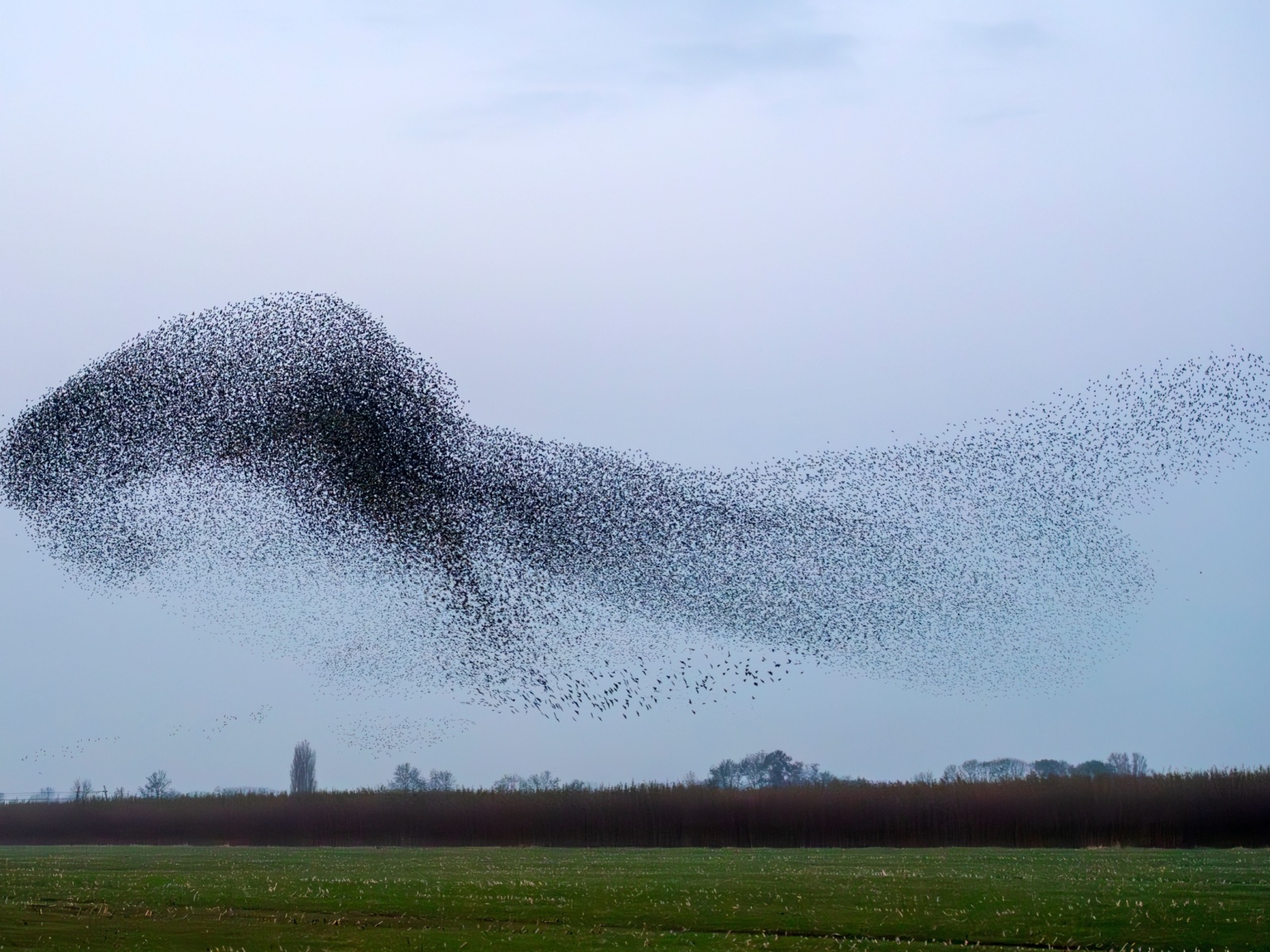
Some bird species will start their migrations earlier than usual if a severe winter is coming. This is because they are sensitive to changes in temperature and daylight, which can indicate that harsh weather is on the way.
10. Hedgehogs Build Thicker Nests Before Cold Snaps

Before a cold snap, hedgehogs will often build thicker, more insulated nests. This behavior helps them stay warm and protected during periods of extreme cold.
11. Sheep Grow Thicker Coats Before Cold Winters
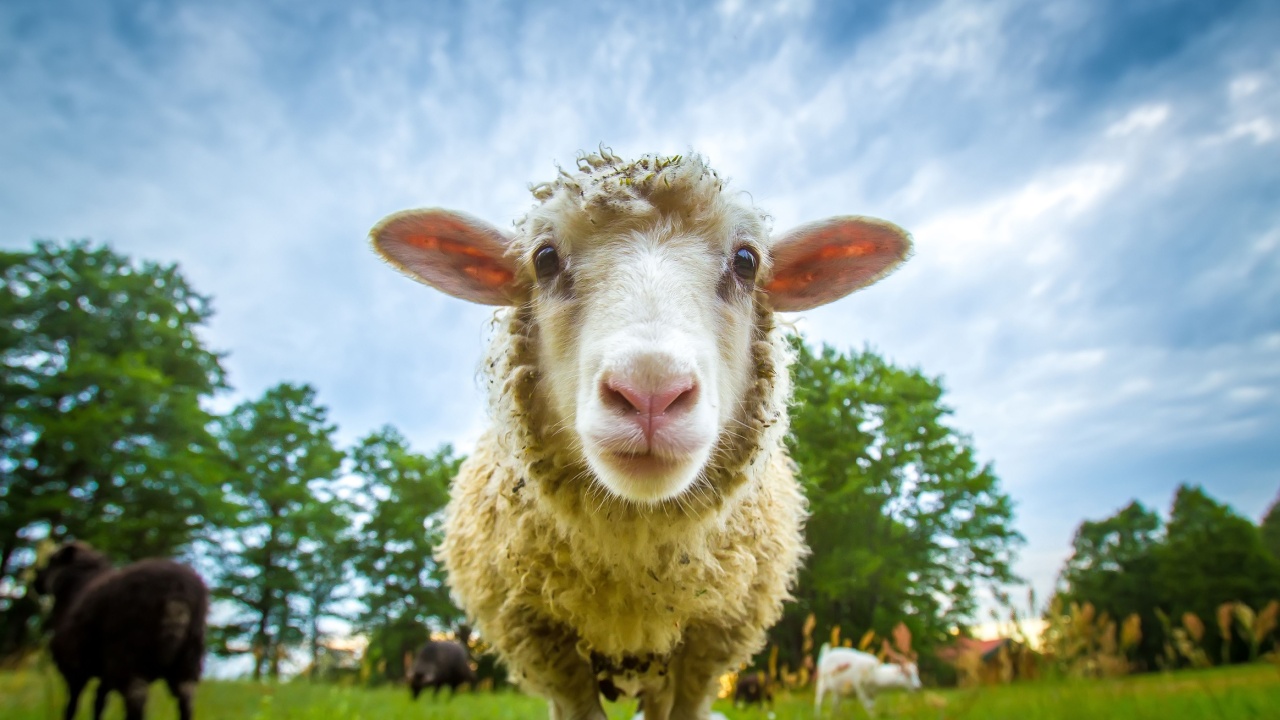
Sheep are known to grow thicker, woollier coats before a particularly cold winter. This is because their bodies are sensitive to changes in temperature and daylight, which trigger the growth of extra wool for insulation.
12. Groundhogs Emerge Later After Long Winters
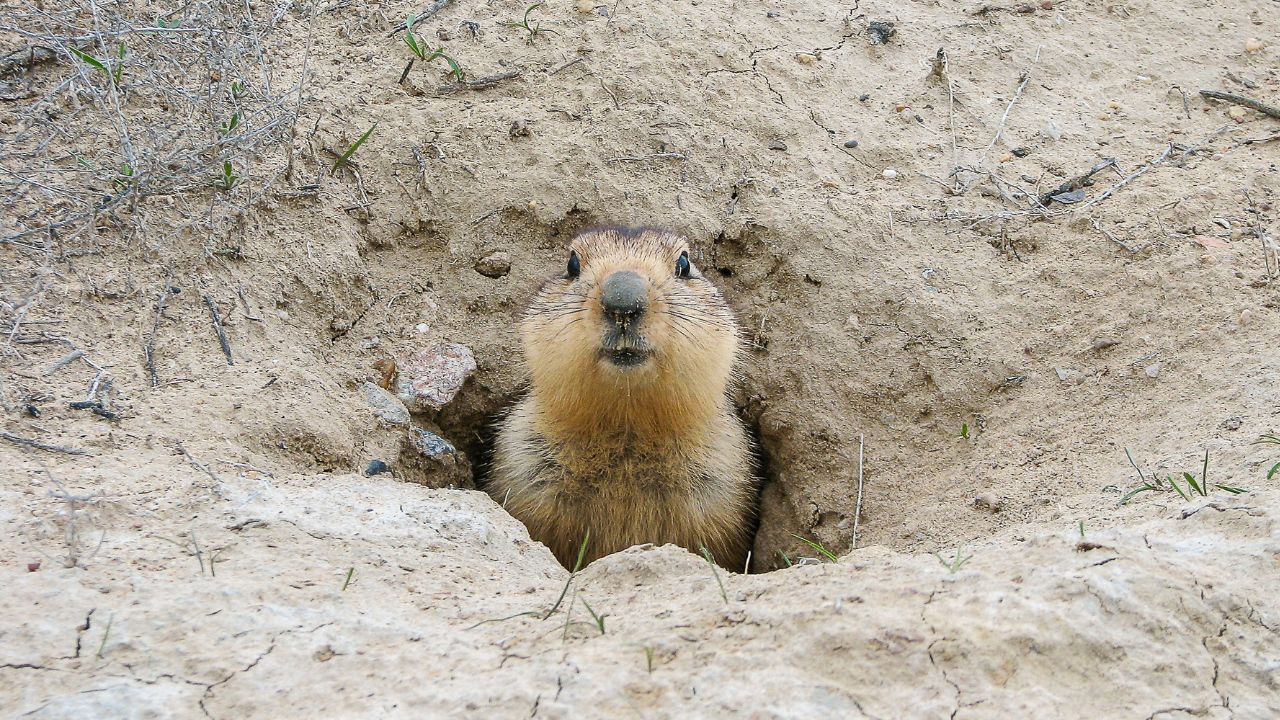
Groundhogs, also known as woodchucks, are famous for their ability to predict the length of winter. If a groundhog emerges from its burrow and sees its shadow on Groundhog Day (February 2nd), it is said to predict six more weeks of winter. While this is mostly folklore, groundhogs do tend to emerge later after particularly long or harsh winters.
13. Cats Become More Restless Before Earthquakes

Some cat owners have reported that their feline friends become more restless or anxious before an earthquake. While the reasons for this behavior are not fully understood, it is thought that cats may be sensitive to changes in the Earth’s magnetic field or to low-frequency vibrations that precede earthquakes.
14. Dogs Bark More Before Earthquakes

Similar to cats, dogs have been known to bark more than usual before an earthquake. They may also show other signs of anxiety or restlessness, such as pacing or whining. Again, the exact reasons for this behavior are not clear, but it is thought that dogs may be picking up on subtle environmental changes that humans cannot detect.
15. Flamingos Flee Before Hurricanes

Flamingos have been observed fleeing their usual habitats before a hurricane hits. This behavior is thought to be triggered by changes in air pressure and wind patterns, which the flamingos can sense. By leaving early, they can avoid the worst of the storm and find safer areas to wait it out.
Becky is a fervent wildlife enthusiast and pet care expert with a diploma in canine nutrition. Her love for animals stretches beyond the domestic, embracing the wild tapestry of global fauna. With over a decade of experience in animal welfare, Becky lends her expertise to OutlandishOwl through insightful articles, captivating wildlife information, and invaluable guidance on pet nutrition. Her work embodies a deep commitment to understanding the intricate lives of animals and a passion for educating others on sustaining natural habitats. Becky's hands-on conservation efforts and her knack for translating complex dietary science into practical pet feeding tips make her an indispensable voice for creatures great and small.

